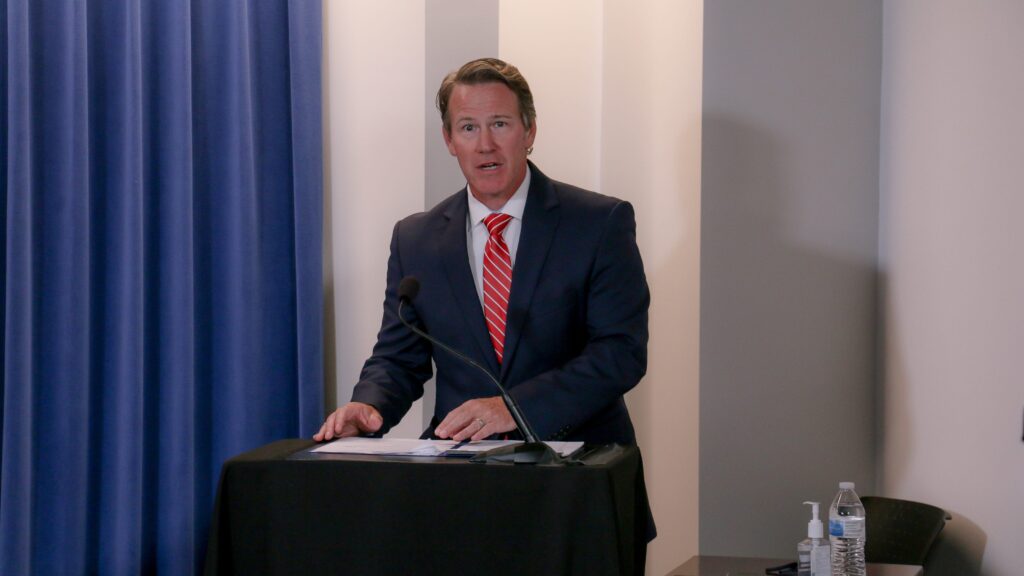Ohio regulation reforms could save state $44M

Ohio plans to take the next step to reduce what Lt. Gov. Jon Husted called burdensome and costly regulations that could save the state millions of dollars.
New legislation, introduced at a Tuesday morning news conference, comes nearly two years after the state rolled out a new artificial intelligence tool that combed the Ohio Revised Code (ORC) and the Ohio Administrative Code (OAC) for regulations that could be streamlined or changed.
“Regulations must reflect the way we live in today’s world,” Husted said. “The reforms we are making in this legislation remove outdated communications requirements. We have to move forward. We have to continue to use technology to improve the way state government serves its customers.”
The resulting proposed bill, when eventually finished with amendments, is expected to address 126 different rules and regulations. Husted said it should save taxpayers at least $44 million and 58,000 hours in labor.
For example, if the bill is passed, it would allow the Department of Taxation to communicate with taxpayers electronically rather than send out more than 600,000 pieces of mail each year at a cost of more than $3 million.
It also would allow remote telecommunications for individuals with state agencies rather than forcing drives to Columbus for in-person meetings, such as a driver’s license suspension hearing that currently must be done in-person in Columbus.
Husted said there are 50 instances where an agency is required to send a notice via mail and does not permit electronic communication, and there are 40 different types of meetings individuals must have in-person, rather than by teleconference.
“We need to get the government out of the way in many instances of the private sector, and we need to take the innovations and advancement in the private sector and allow for our government agency to be efficient,” bill sponsor Sen. Steve Wilson, R-Maineville, said.
A review by the Mercatus Center at George Mason University in Virginia found the 2018 OAC had 15.2 million words with 246,852 restrictions. The organization determined it would take the average reader more than 847 hours to read, which equates to reading 40 hours per week for more than 21 weeks.
The COVID-19 pandemic helped push reforms, forcing the state to use technology to develop ways for taxpayers to interact with agencies such as the Department of Motor Vehicles and other key government services.
“A lot of the things we are doing now would have been many, many years off if it hadn’t been for COVID,” Husted. “We are literally moving toward a day when you don’t ever have to go into the BMV again. The work to modernize state government does not end with this legislation. I truly believe this is just the beginning. Today we start with the innovate the code legislation.”
This article was originally posted on Ohio regulation reforms could save state $44M







